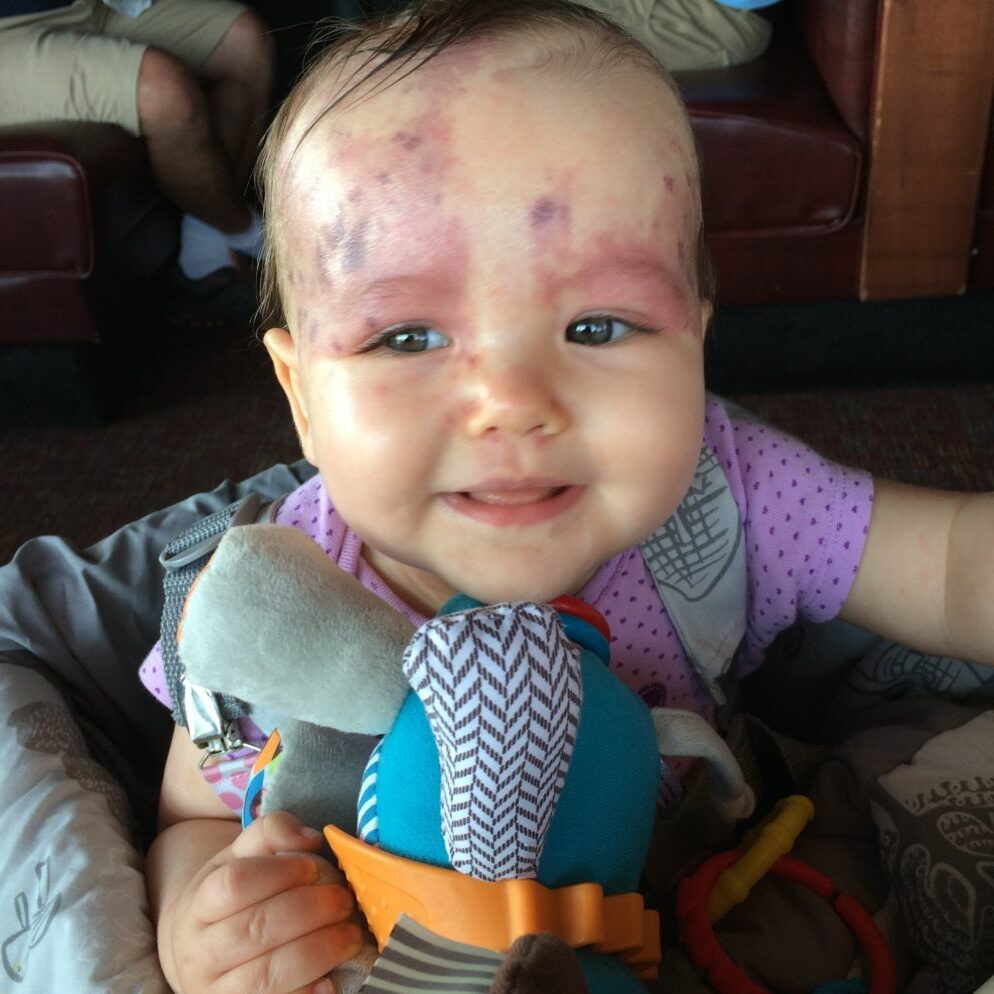We tend to think of sports health risks as things like bruises, broken bones, ACL tears and concussions. The heart health of an athlete is often assumed to be good because, after all, these players are generally in great shape. On the occasions when we hear of a young star athlete, seemingly in peak health, who collapses or dies suddenly, it is especially jarring news.
In the U.S., there are nearly eight million high school athletes and about 500,000 collegiate athletes, according to the National Collegiate Athletic Association. And with those numbers, more college athletic departments are turning to cardiologists to help ensure that athletes are being screened for safe participation.
What does that mean, and why is it important? Baltimore’s Child posed some questions about cardiac screening to Dr. Scott Jerome, a sports cardiology specialist at the University of Maryland Medical Center and director of ambulatory services and outreach at the University of Maryland School of Medicine.
 What does a typical heart-screening procedure look like for young athletes?
What does a typical heart-screening procedure look like for young athletes?
The history and physical examination are the starting points for a heart-screening program. With young athletes, I screen to make sure that they can participate in sports safely. One important factor is family history. We look for members of the family who have died suddenly at an early age or had episodes of passing out. The other important factor is to have a doctor listen to the heart and make sure there’re no concerning heart murmurs.
Heart screening for student athletes is an emerging trend. Who or what is driving this increase today?
Screening programs for student athletes have been around a long time. Over time, they’ve become more sophisticated and focused. Sudden cardiac death is a tragedy at any age, but especially in a young person. This kind of sad event pulls at everyone’s heart strings. From a cardiology standpoint, the main focus is preventing sudden death. We have become more aware and able to diagnose risk factors for sudden cardiac death (both genetic and acquired) more easily with advanced testing. This has led to the emerging trend.
What are some of the differences between a normal heart and the heart of an athlete?
The athletic heart generally refers to one who has done a significant amount of training. All sports are different, but endurance athletes, such as marathon runners or cyclists, may develop dilatation (the heart getting bigger) of their heart cavities.
A person who participates in more resistance types of training, such as rock climbing or weight lifting, may develop thickening of the heart walls. In an athlete, this may be a normal response to the physical stress placed on the heart. Unfortunately, hearts that have problems may also be dilated or have thick walls. In many cases, there is overlap between the pathologic heart (one with potential for disease and potential sudden death) and the athletic heart. Therefore, it is important to help differentiate normal from abnormal. This is where the sports cardiologist comes in.
What sorts of warning signs or symptoms should coaches and parents watch for? And what immediate actions can/should be taken?
One of the most important symptoms to look out for is collapsing or passing out. This would clearly need an urgent/emergent evaluation. Other significant signs and symptoms include decreased exercise tolerance, shortness of breath, chest discomfort and palpitations.
What are some of the best ways to exercise and have a healthy heart?
Being active is number one. Get off the couch, turn off Netflix and go for a walk. Be physically active most days of the week. A good goal is to do at least 150 minutes a week of physical activity. Try to get your physical activity in any way you can.
For example, park farther away from the store at the shopping center and walk. The summertime is perfect for all activities. Get outside and make it a family activity. Go for a bike ride, a hike, swim, take the dog for a walk or even go kayaking. As the summer goes on, try to increase the amount of time that you exercise and begin increasing in intensity. Add some hills to your walk and pick up the speed a bit. Whatever you do, make it fun. The more fun it is, more likely you’ll continue to do it.
We tend to assume that strong, fit, athletic people are almost immune from heart disease, but that is not always the case. What are the biggest risk factors for heart problems in athletes?
I’m glad you asked. Athletes themselves feel immune to heart disease and frequently ignore symptoms. Even though one exercises regularly, it does not protect one from the usual risk factors. I often hear from athletes, ‘I just ran my five miles so now I can eat doughnuts and fried food, because I am going to reward myself for all my hard work.’ One still needs to avoid smoking, have a heart-healthy diet, maintain appropriate weight and make sure that blood pressure is controlled.
Keeping kids safe is a team sport
Jerome and his team acknowledge that sports can play a very important part in a young athlete’s life. But they reinforce that even if their world seems to revolve around sports, long-term health is far more important.
Kids need to be aware, be honest and be willing to address symptoms that include pain, shortness of breath or fainting. And parents need to emphasize how important it is for their young athletes to talk to trainers, coaches or physical therapists right away if there are any issues brought on by exercise.
After all, it is all of our heart’s desire to keep our young athletes safe and healthy.
What a sports cardiologist is assessing during screening:
• Family history
• Dilatation (the heart getting bigger)
• Heart murmurs
• Normal from abnormal
• Decreased exercise tolerance, shortness of breath, chest discomfort and palpitations








